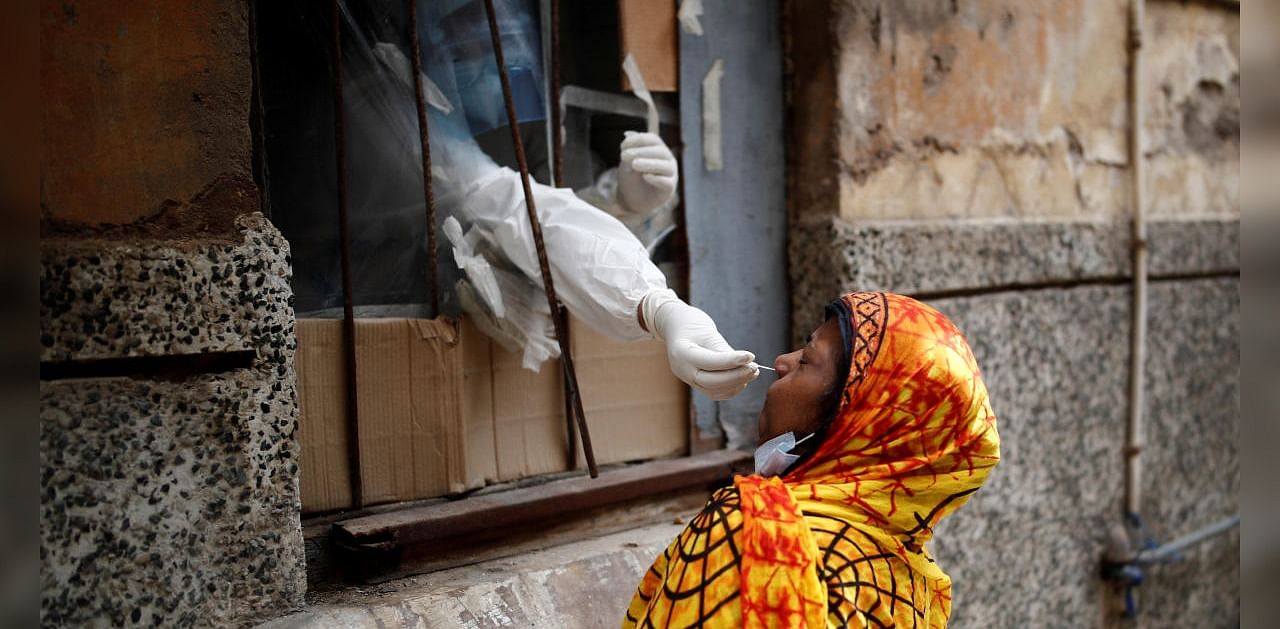
India now has the fastest-growing coronavirus caseload of any country in the world, reporting more than 75,000 new infections per day.
Crowded cities, lockdown fatigue and a lack of contact tracing have spread Covid-19 to every corner of this country of 1.3 billion people. This week, authorities said that one-sixth of a tiny tribe on a remote, coral-fringed island had come down with the virus.
Health experts say the virus reproduction rate is ticking up as more state governments, desperate to stimulate an ailing economy, are loosening lockdown restrictions, which is spreading the virus further.
“Everything right now is indicating toward a massive surge in the caseload in coming days,” said Dr Anant Bhan, a health researcher at Melaka Manipal Medical College in southern India. “What is more worrying is we are inching toward the No 1 spot globally.”
During the strict lockdown that held from late March to late May, most of India’s Covid-19 cases were concentrated in urban areas, Bhan said. But as restrictions on interstate travel were eased, many people started moving from the cities to rural areas, bringing the virus with them.
Some public hospitals have been so overwhelmed that doctors have had to treat patients in the hallways. In some cases, people in critical condition have no place to get help, even if they don’t have the coronavirus.
More than 60,000 Indians have died from Covid-19, and India will soon have the third-largest death toll, after the United States and Brazil. Its overall number of reported infections is already the world’s third-highest.
India has reported more than 3 million total cases, and its day-to-day increase is now substantially higher than that of either the United States or Brazil, which have reported between 40,000 to 50,000 new infections per day in recent days.
Per capita, however, India has had far fewer deaths than those two countries and many others, which doctors say reflects the country’s younger and leaner population.
One reason the country is reporting such a steep rise in infections now is simply that it is testing more. India performs nearly 1 million tests a day, compared with 200,000 a day two months ago.